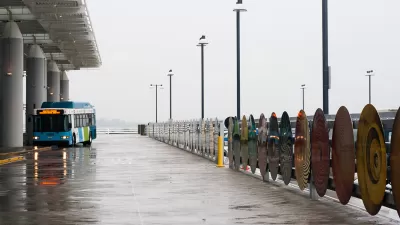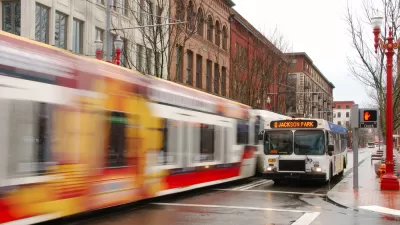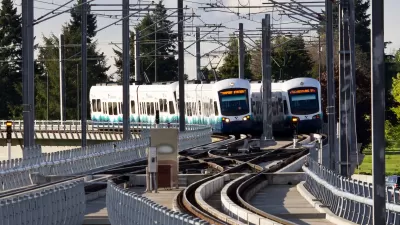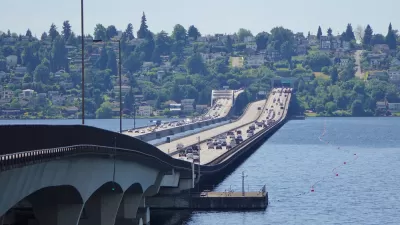For all the attention paid the transit investments of cities like New York City and Los Angeles, it's actually cities like Seattle and Denver spending the most per capita on capital investments in transit.

David Gurtman reports data from the Federal Transit Administration about how much each urban area (as defined by the Census Bureau) spends per capita on capital investment in transit systems.
The data show that even before Sound Transit 3 spending went into effect, "the Seattle region was already spending more, per capita, on new buses, trains and other transit projects than any other major city in the country."
"For each person in the Seattle urban area, local transit agencies spent nearly $400 on capital expenses in 2015, the highest such figure in the country," adds Gurtman. As for why Seattle's transit investment costs so much, Gurtman cites Scott Rutherford, a transportation engineering professor at the University of Washington and the director of the university’s Sustainable Transportation Program:
One reason, as Rutherford said, is that we’re just now building systems that other cities built decades ago. Another reason: Puget Sound. Spending by Washington State Ferries is included in Seattle’s total. That’s something that cities less interlaced with water don’t have to deal with.
As for the rest of the list, Denver-Aurora comes in second, followed by San Francisco-Oakland, San Jose, and Washington, D.C.
FULL STORY: Seattle area spends most per capita to build transit and here’s why

Alabama: Trump Terminates Settlements for Black Communities Harmed By Raw Sewage
Trump deemed the landmark civil rights agreement “illegal DEI and environmental justice policy.”

Study: Maui’s Plan to Convert Vacation Rentals to Long-Term Housing Could Cause Nearly $1 Billion Economic Loss
The plan would reduce visitor accommodation by 25% resulting in 1,900 jobs lost.

Why Should We Subsidize Public Transportation?
Many public transit agencies face financial stress due to rising costs, declining fare revenue, and declining subsidies. Transit advocates must provide a strong business case for increasing public transit funding.

Wind Energy on the Rise Despite Federal Policy Reversal
The Trump administration is revoking federal support for renewable energy, but demand for new projects continues unabated.

Passengers Flock to Caltrain After Electrification
The new electric trains are running faster and more reliably, leading to strong ridership growth on the Bay Area rail system.

Texas Churches Rally Behind ‘Yes in God’s Back Yard’ Legislation
Religious leaders want the state to reduce zoning regulations to streamline leasing church-owned land to housing developers.
Urban Design for Planners 1: Software Tools
This six-course series explores essential urban design concepts using open source software and equips planners with the tools they need to participate fully in the urban design process.
Planning for Universal Design
Learn the tools for implementing Universal Design in planning regulations.
Caltrans
Smith Gee Studio
Institute for Housing and Urban Development Studies (IHS)
City of Grandview
Harvard GSD Executive Education
Toledo-Lucas County Plan Commissions
Salt Lake City
NYU Wagner Graduate School of Public Service





























